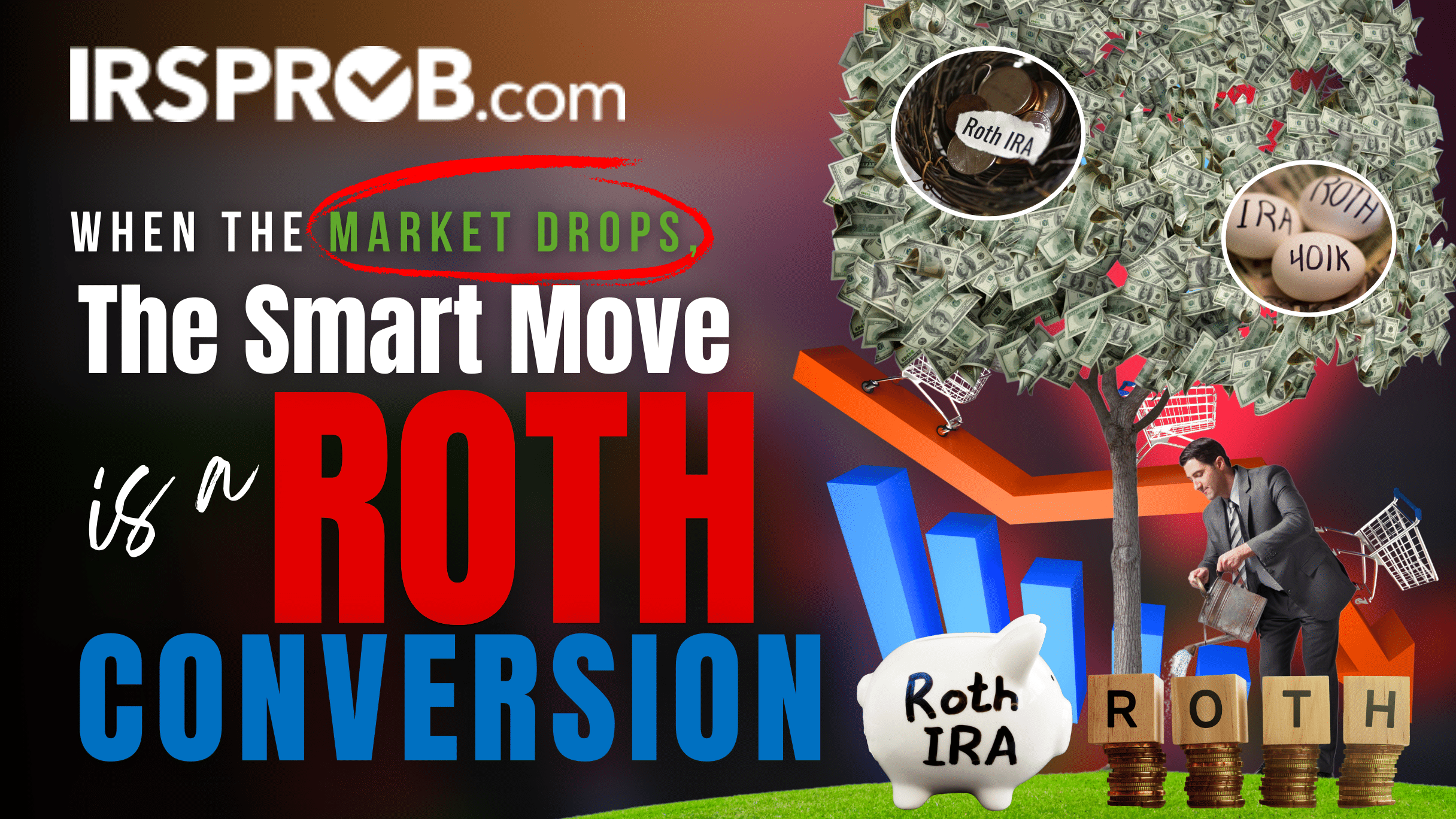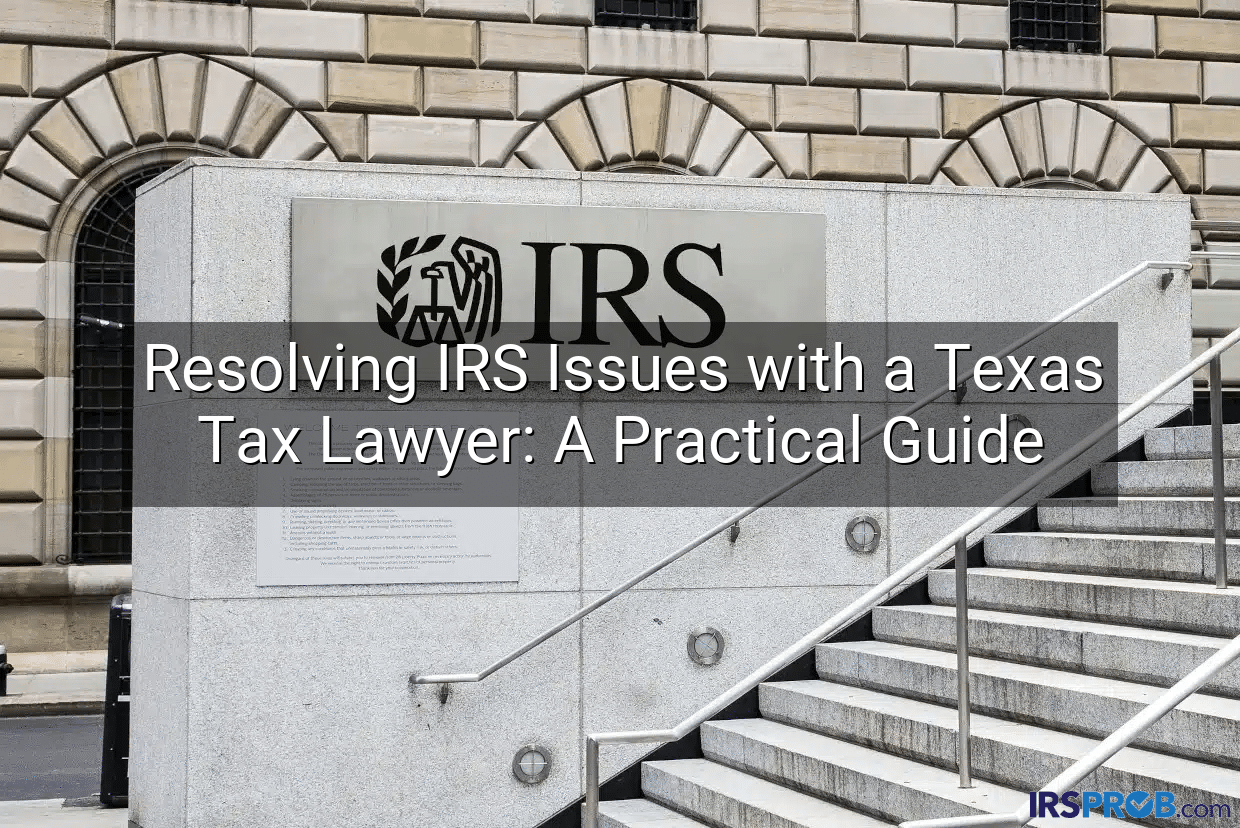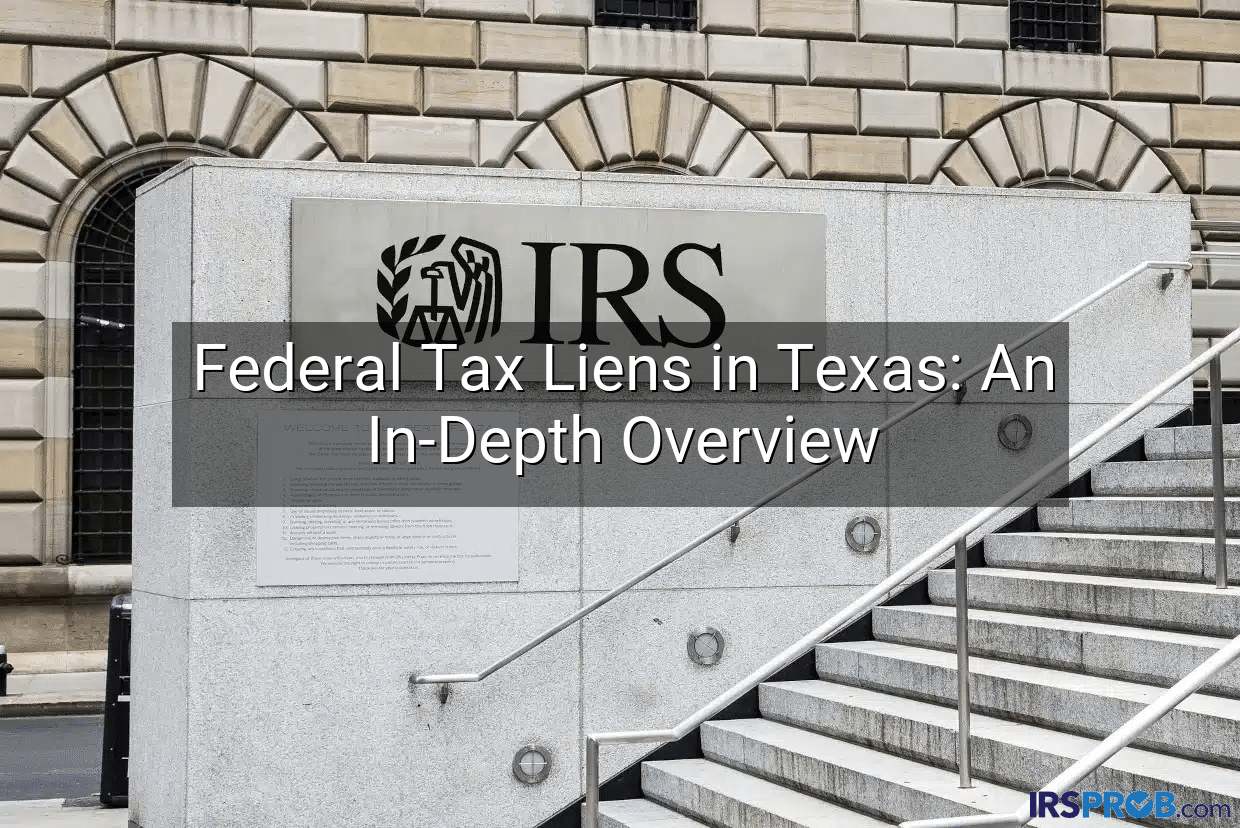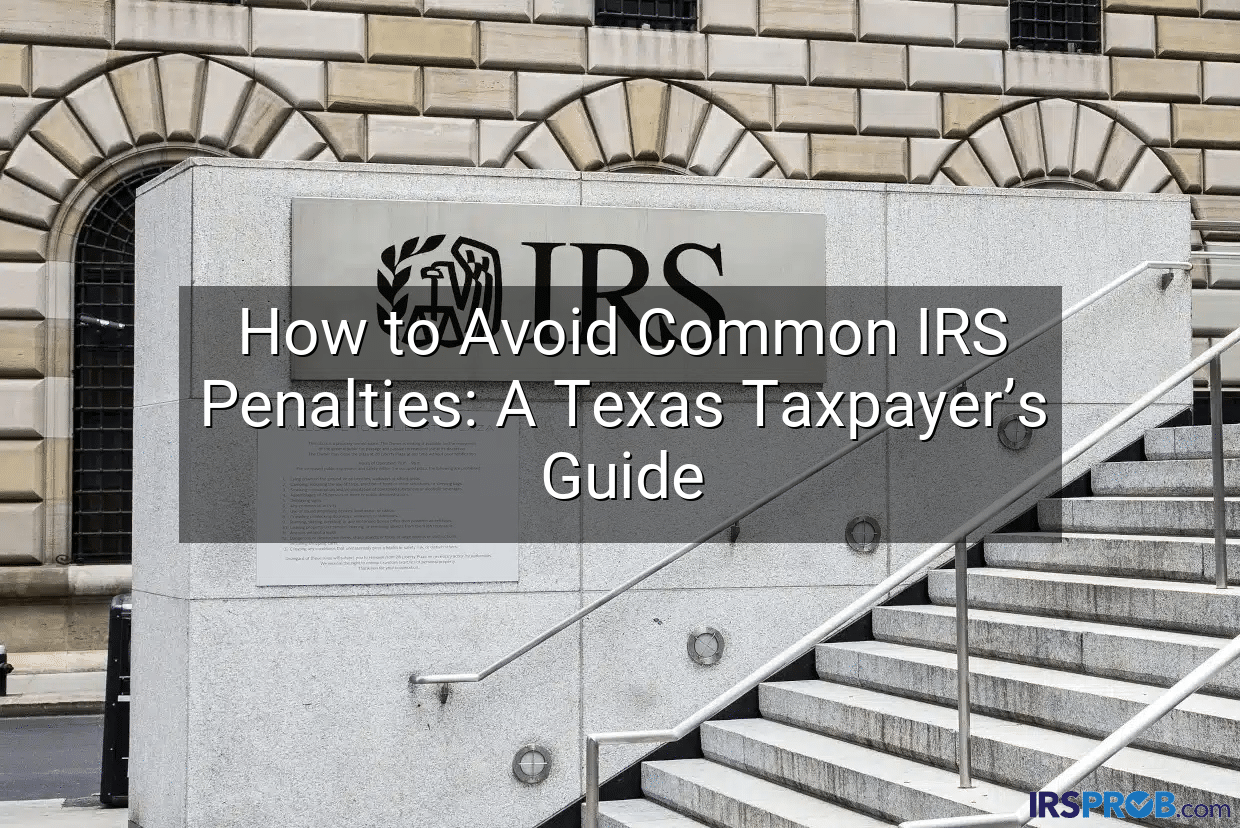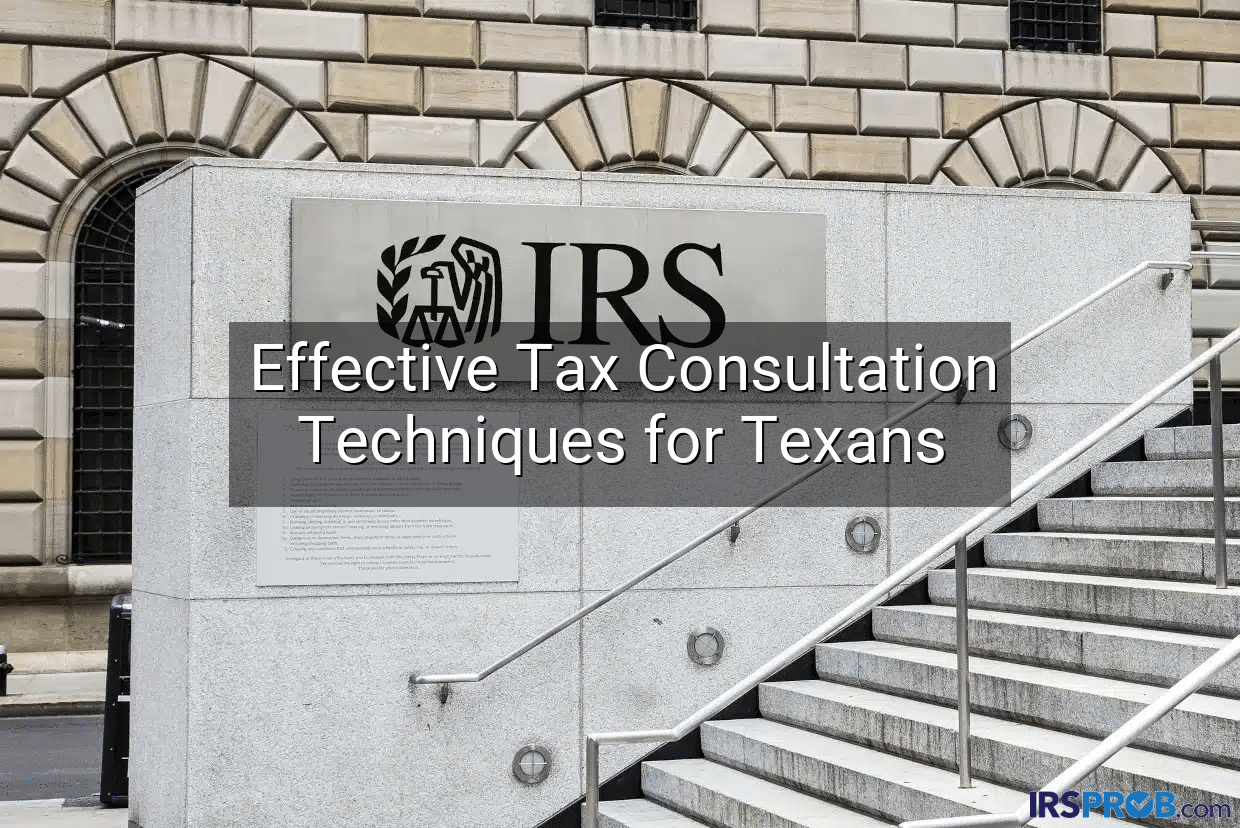Here’s the easy part:
1.) Avoid the high taxes (up to 40.8 percent) on short-term capital gains and ordinary income.
2.) Lower the taxes to zero—if you can’t, then lower them to 23.8 percent or less by making the profits subject to long-term capital gains.
Look at it this way: You are paying taxes at a 71.4 percent higher rate when you pay at 40.8 percent rather than the tax-favored 23.8 percent.
And if you can avoid that higher rate with some simple adjustments in your stock portfolio, shouldn’t you do it now?
Here are the five basic tax rules you need to know to find the tax savings you desire in your stock portfolio:
1.) On your short-term capital gains and ordinary income, you pay federal taxes at rates of up to 40.8 percent. The 40.8 percent comes from the top income tax rate of 37 percent plus the 3.8 percent Affordable Care Act tax on net investment income.
2.) You pay taxes on your long-term capital gains at rates from zero up to 23.8 percent (20 percent focapital gains plus 3.8 percent on investment income), depending on your income level.
3.) You pay taxes on your stock dividends at rates from zero to 23.8 percent, depending on your income level.
4.) If your personal capital losses exceed your personal capital gains, the tax code limits your capital loss deductions to $3,000 and allows you to carry over losses in excess of the $3,000 to future years until realized.
5.) You first offset long-term gains and losses before you offset short-term gains and losses.
6.) Donate appreciated stock to charity.
7.) Do not donate stock that would produce a tax loss.
Here a seven more tax-planning ideas:
1.) Make the high taxes disappear by offsetting them with low-taxed losses, and keep the difference.
2.) Use long-term losses to create the $3,000 deduction allowed against ordinary income.
3.) As an individual investor, avoid the wash-sale loss rule.
4.) If you have lots of capital losses or capital loss carryovers and the $3,000 allowance is looking extra small, sell more stocks, rental properties, and other assets to create offsetting capital gains.
5.) Think about giving appreciated stock to your parents and your non-kiddie-tax children.
6.) If you are going to make a donation to a charity, consider appreciated stock rather than cash, because a donation of appreciated stock gives you more tax benefit.
7.) If you could sell a publicly traded stock at a loss, do not give that loss-deduction stock to a 501(c)(3) charity. Why? If you sell the stock, you have a tax loss that you can deduct.
In essence, you must plan for your opportunities inside the portfolio to offset gains and losses. With planning, you win free money with the offsets, and you’ll find the offset game fun and easy to play.


